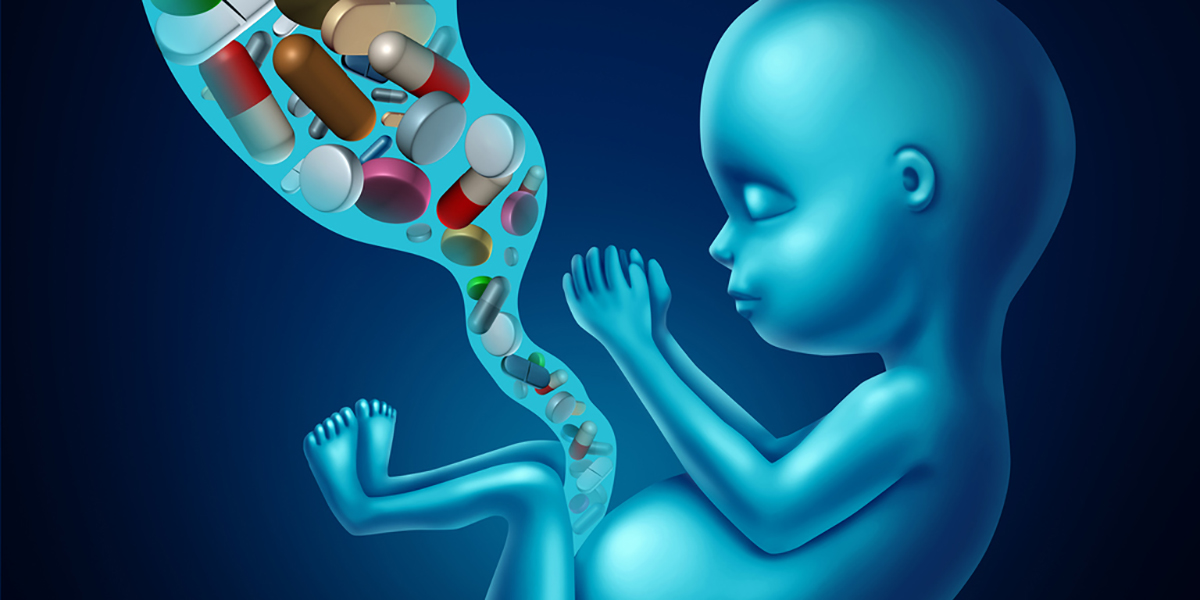While the DEA and certain legislators in Washington D.C. wring their hands over relatively innocuous marijuana (despite increasing legalization and acceptance), the most serious drug problem involves legal prescription medications.
Last month, the U.S. Surgeon General’s Office published a report, “Facing Addiction in America,” which pointed out that nearly 80 Americans die every day because of opioid overdose. That figure has only gotten worse – and the surprising aspect of it is that most of the problem is not in the inner cities. Rather, it’s happening primarily in rural areas of the country. Tragically, it is most apparent in maternity wards, where an appalling number of infants are coming into the world already addicted and experiencing withdrawal symptoms.
These grim facts are the focus of a recent report published in the Journal of the American Medical Association (JAMA). While overall rates of abuse and death from prescription opioids is up only slightly (about 4% between 2014 and 2015, according to the Centers for Disease Control), rates of what is called “neonatal abstinence syndrome” (NAS) and pregnant women in rural communities has increased by nearly 400% since the turn of the present century.
The JAMA study is the first to take a look at opioid abuse by expectant mothers in rural areas as compared to those living in cities. The study concluded that “rural infants and mothers with opioid-related diagnoses were more likely to be from lower-income families, have public insurance, and be transferred to another hospital following delivery.”
Furthermore, between 2003 and 2013, there was a 60% increase in the number of newborns in rural communities who were diagnosed with NAS. That rate is 80% higher than that of metropolitan areas. Today, rural infants make up 21% of all NAS cases reported across the country – as compared with 13% of urban newborns. Those infants are born experiencing seizures along with difficulties eating, breathing and sleeping.
It doesn’t help that the number of rural pregnant women abusing opioids is 70% greater than that of urban expectant mothers. One reason researchers give for the discrepancy is access to treatment. Across the board, treatment programs for opioid addiction are far more available in the cities than in Rural America.
To make these treatment options more available in rural counties would go a long way toward lowering the rate of NAS. Dr. Larissa Mooney, who teaches clinical psychiatry at UCLA and specializes in addiction issues, points out that women who have access to treatment and education tend to make healthier pre-natal lifestyle choices.
Help may be on the way; the controversial “21st Century Cures” legislation that recently passed in Congress includes $1 billion that is earmarked for the expansion of treatment centers. Whether or not the incoming Administration will follow through has yet to be seen. Over a century ago, Dr. William Halsted realized that addiction was a disease, calling for treatment just like any other illness.
On the other hand, many conservatives in Washington D.C. and elsewhere continue to cling to the idea that addiction is a moral failing and a form of misbehavior that should be punished.

